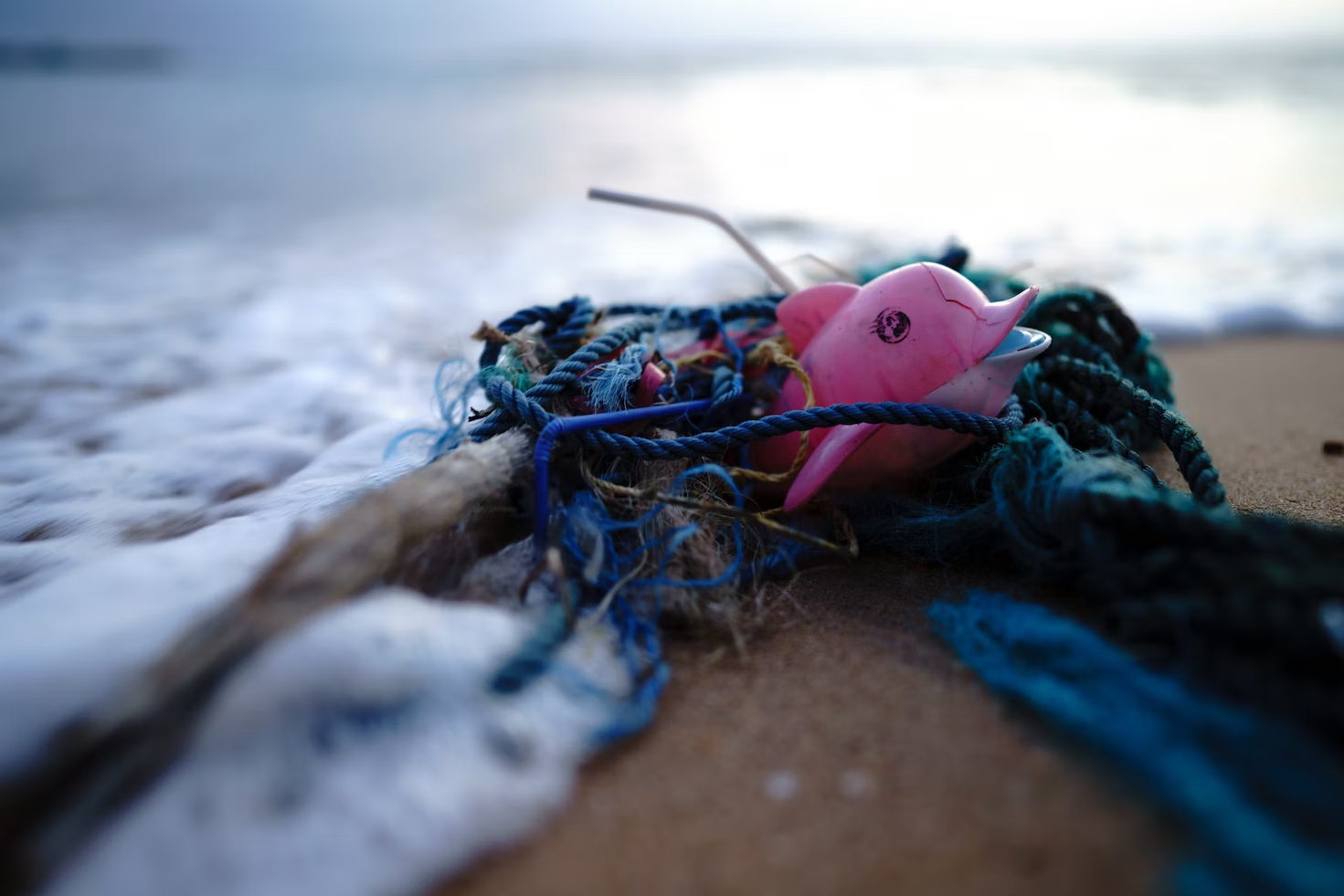Environmental disasters aren’t confined to underdeveloped nations. They can happen anywhere in the world, even in the US, regardless of modern infrastructure. These disasters leave a legacy of destruction and pain, affecting more than only the present generation.
The Environmental Protection Agency notes that the US averages 150 deadly chemical-related incidents each year. The country’s most devastating disasters vary from oil spills to fatal nuclear explosions and hazardous water contamination events.
The true cost of these incidents is hard to measure, but they definitely leave a lasting impact on the population. They also set the pace for environmental regulations and safety improvements. In this article, we will highlight the worst environmental disasters Americans will never forget.
Deepwater Horizon Oil Spill (2010)
The Deepwater Horizon oil spill in the Gulf of Mexico is more than a black mark on the country’s environmental history. It is also the largest marine oil spill ever. An explosion of an oil well on BP’s Deepwater Horizon rig triggered the spill.
Nearly 134 million gallons of crude oil spilled into the sea, contaminating the water and damaging the marine environment, fishing industry, and coastal ecosystems. Further, 11 people lost their lives, and many marine species including whales, dolphins, sea turtles, and fish suffered harm.
Responders were able to cap the well only in July 2010, leaving the oil flowing into the Gulf for 87 days after the explosion in April 2010. These workers got sick due to the toxins in the spill. The extent of the damage can be assessed from the fact that cleanup efforts are still ongoing.
Love Canal Toxic Waste Dump (1978)
Dating back to the late 1970s, the Love Canal disaster is among the worst in history. The disaster happened in a neighborhood built over a former chemical waste dump in Niagara Falls, New York. Over time, the buried toxic waste in the underground dump began to leak.
It caused widespread health issues among residents, including cancer and birth defects. The incident sparked a debate over the insufficient disposal of hazardous waste. A federal initiative called the Superfund program was implemented in the wake of the disaster.
It aimed at cleaning up contaminated sites and ensuring accountability of the parties responsible for environmental damage. It has evolved over the years, creating a regulatory framework to protect the environment and human health.
Camp Lejeune Water Contamination (1953-1987)
The Camp Lejeune toxic water contamination affected nearly a million residents, veterans, their families, and other people stationed at a Marine Corps base in North Carolina. The drinking water at Camp Lejeune was the culprit, with toxic chemicals from dry-cleaning plants contaminating it.
Prolonged exposure to these toxins led to serious illnesses, including cancers, birth defects, and other diseases. The recent Camp Lejeune lawsuit has brought hope for victims and families dealing with pain and suffering. Anyone who was a resident of Camp Lejeune between 1953 and 1987 for more than 30 days and suffered from a disease linked with the toxins in the water supplies can claim compensation.
According to TorHoerman Law, victims should have sufficient documentary evidence to prove their residential status and disease link. While these lawsuits sound complicated, an expert lawyer can get victims the compensation they deserve.
Exxon Valdez Oil Spill (1989)
The Exxon Valdez oil spill is another disastrous event that stands apart in American history. The incident occurred when the oil tanker Exxon Valdez collided with a coral reef off the Alaskan coast. The spill led to a release of about 260,000 barrels containing 11 million gallons of crude oil into Prince William Sound.
According to the National Oceanic and Atmospheric Administration, the disaster’s impacts persist even decades later. The administration has spent nearly $900 million on cleanup and restoration operations. Fortunately, no one died in the accident, but oceanic species suffered immense damage.
Three Mile Island Nuclear Accident (1979)
TheThree Mile Island accident entailed a partial reactor meltdown at the nuclear power plant in Pennsylvania. The meltdown resulted in the release of radioactive materials. Although the release was minor, research showed some long-term health effects among the nearby residents.
A widespread evacuation saved the lives of residents. While the health hazards of the disaster are still contested, it raised concerns about the risks posed by nuclear plants. Some policy changes were implemented across the nuclear industry to ensure additional oversight by the government and better emergency preparation.
In conclusion, Americans have seen several dangerous environmental events over the years. Many of these incidents led to increased awareness and regulatory changes. They also serve as cautionary tales, making sustainable practices a priority for the public and government.
The lessons learned continue to resonate, emphasizing the significance of collective action in resolving environmental challenges.
















